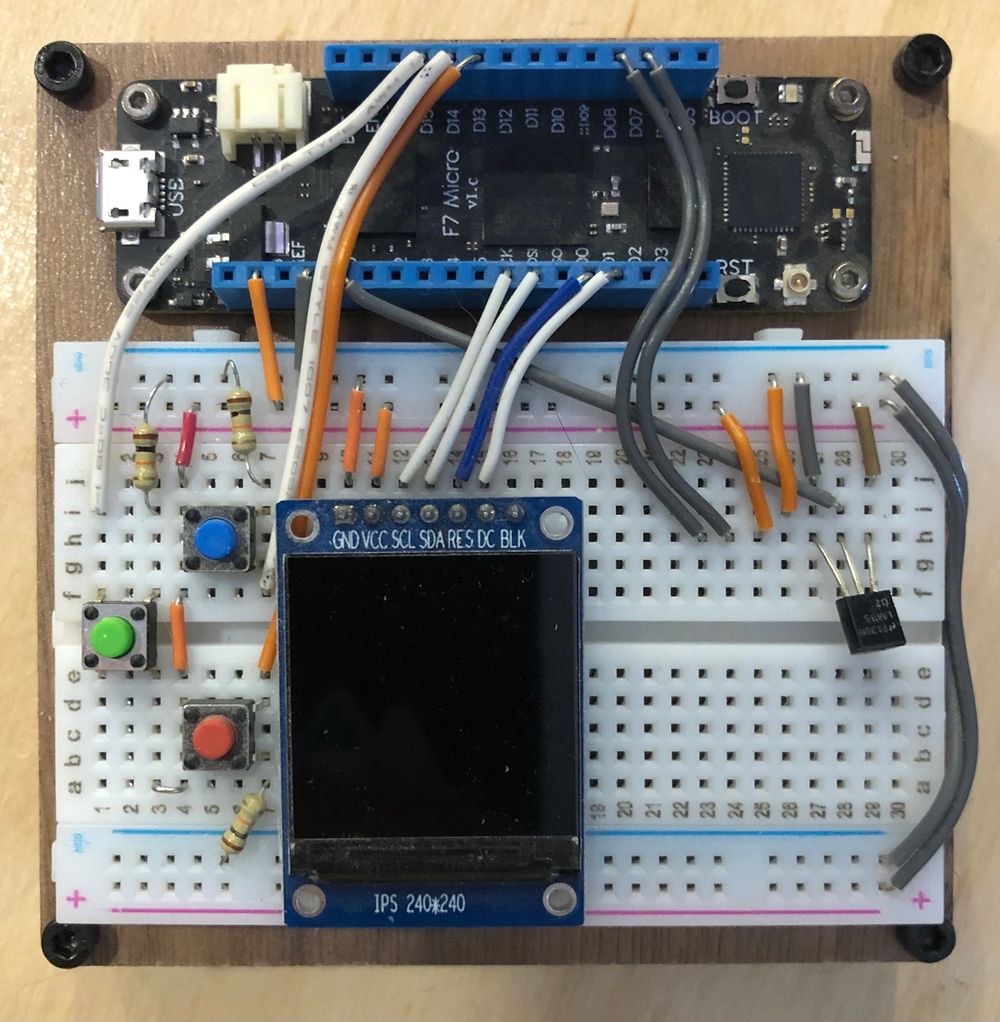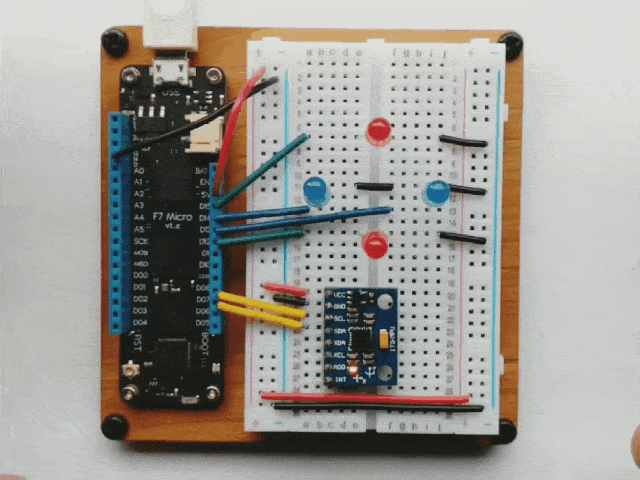Breadboarding, Modules, and Simulation.
While we usually bias towards spinning a custom PCB for anything of complexity, breadboarding is a great way to design, build, and validate parts of circuits.

Attacking the Problem; Break it Apart
In fact, the first step in designing a hardware solution (or software for that matter) is to examine the challenge you're trying to solve and breaking it into pieces. In making a list of the constituent parts and then attacking them individually, you can reduce overall complexity and get a better handle on the scope of the project.
Starting with Pre-made Modules
Fortunately these days, you can find high-quality, breadboard-friendly, pre-made modules and breakouts for most IoT peripherals and the hardware scenarios that they address. For instance, SparkFun and Adafruit are industry leaders in such hardware and have a vast library of sensors, displays, motor drivers, GNSS (GPS) sensors, servos, and nearly anything else you'll need.
For instance, the picture below comes from on of our Hackster Projects and illustrates a breadboard version of a GY521 Gyroscopic sensor breakout:

These modules typically have all necessary support circuitry to support the particular peripheral already on the board, and they will typically have a header that is sized perfectly to fit into a breadboard.
Source Files and Documentation
Additionally, they almost always have published schematic and design sources, so that when you do decide to integrate the components directly into your custom circuit, you can use the module designs as a reference. Adafruit, SparkFun, and others also have excellent documentation.
Robotics, Motors, and More
There are also providers like DFRobot and Pololu that specialize in robotics, motors, and other components.
Asian (Chinese) Suppliers
Reasonable facsimiles of many of these modules can be found cheaper (and in bulk) from Asian (primarily Chinese) suppliers on AliExpress.
A word of caution, however; while we've had almost no issues with high-quality modules from Adafruit, Sparkfun, or other reputable designer/suppliers, if you're buying in bulk from Chinese suppliers, make sure to first order a small quantity and test them first. They're typically of acceptable quality, but you can find the occasional low-quality part that will cause grief. Additionally, if you're shipping anywhere outside of China, the shipping costs will almost always exceed the price difference on low quantities.
Circuit Simulation
Another aspect of the early stage of hardware design is circuit simulation. This can be especially useful if you're spinning logic circuits that control or amplify power and you want to quickly test a design before you actually build it.

For this, there are a number circuit simulators available, a couple very good ones are:
- iCircuit App - Commercial, yet affordable, high quality, easy to use circuit simulator available for iOS, macOS, Windows, and Android.
- LTSpice - A free circuit simulator for Windows and macOS.